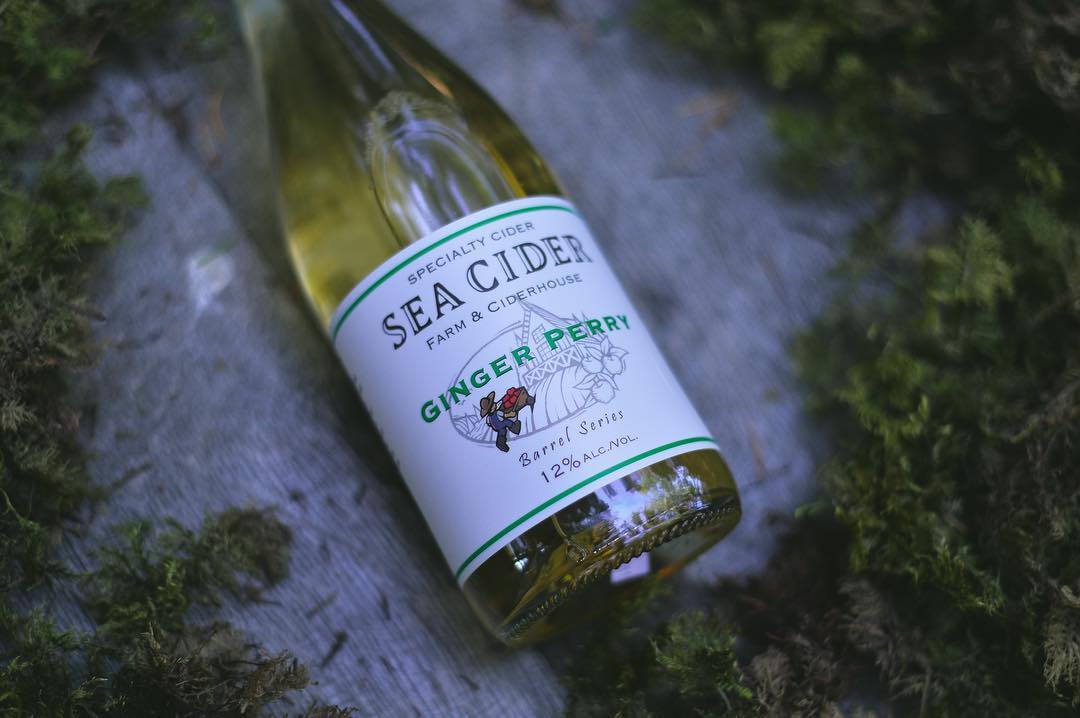
With the explosion in B.C. craft cider in recent years, local cideries are expanding their lineup to include different styles and flavours. Enter the humble perry; it’s cider’s dry, delicious cousin and an increasing number of B.C. cideries are producing this pear-based beverage.
Often referred to as pear cider, perry is just that; a cider variant made with heirloom perry pears instead of apples.
Perry originates from Northern France and Southern England and Wales, where special perry-specific pear varietals were cultivated—some with amazing names like Mumblehead, Merrylegs and Stinking Bishop. In the U.K., the West Midlands counties of Herefordshire, Gloucestershire and Worcestershire are known for having hundreds of varieties of perry pears. Perry pears are full of astringent, bitter and tannic qualities, which make them inedible, but perfect for cider-making and offer more complexity of flavour and sweetness compared to perry made from table pears.
Traditionally, English perry was incredibly dry and served still from the cask, while French perry was bottle-fermented like champagne with considerably more sweetness.
“Perry tends to be more delicate than cider but with some tannins, acid and astringency with a bit of sweetness from unfermentable sugars, even when fermented all the way to dry,” according to Adrian Gatt, service manager at Sea Cider Farm and Ciderhouse in Sidney.
Sea Cider has been producing a perry and ginger perry made with traditional heirloom perry pears grown on its farm on Vancouver Island, as well as a farm it leases in the Okanagan.
“Don’t be confused by ciders with pear juice added or pear ciders made with culinary pears,” says Gatt. “A true perry is very hard to come by in the Pacific Northwest. It’s unique, interesting and most importantly, rare.”




